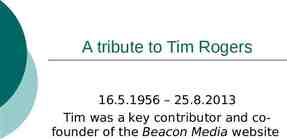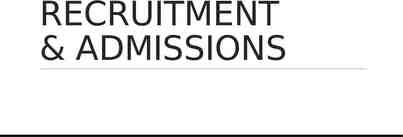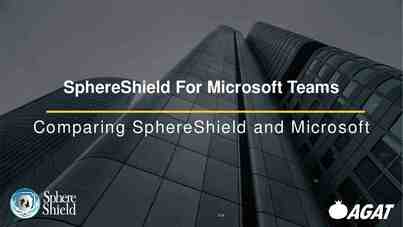WATER SUPPLY SYSTEM BASIC OPERATIONS Prepared by RCAP Solutions
47 Slides620.00 KB
WATER SUPPLY SYSTEM BASIC OPERATIONS Prepared by RCAP Solutions For PADEP
Introduction Basics of Water Supply 2
Drinking Water Sources Surface Water Groundwater 3
Surface Water: Advantages Easily accessible Large volumes of water Surface reservoirs for storage 4
Surface Water: Disadvantages Exposure to contaminants Expensive filtration 5
Groundwater: Advantages Less treatment Consistency Availability 6
Groundwater: Disadvantages Chemical contamination Hardness Multiple wells Location 7
Groundwater Treatment Processes 8
Groundwater Treatment Processes Not very complex Mainly disinfection Covered later 9
Surface Water Treatment Processes 10
Racks and Screens 11
Racks and Screens Prevent debris Pipes and pumps Straining pasta 12
Mixing 13
Mixing Coagulant Suspended particles 14
Coagulation and Flocculation 15
Coagulation and Flocculation Reduces solids Prevents bacterial “hiding” Like making cheese 16
Sedimentation 17
Sedimentation Presedimentation Basins Solids loading reduction Sludge removal 18
Filtration 19
Filtration Solids and floc removal Physical Chemical Biological 20
Types of Filtration Slow Sand Conventional Filtration 21
Types of Filtration Direct Filtration Diatomaceous Earth 22
Types of Filtration Membrane Filtration Bag and Cartridge Filters 23
Disinfection 24
Disinfection Disease-causing organisms Chlorine Ozone and Ultraviolet Radiation 25
Disinfection: Chlorine Chlorine Gas Sodium Hypochlorite 26
Disinfection: Chlorine Calcium Hypochlorite Chlorine may form carcinogens 27
Disinfection: Ultraviolet Light Penetrates most cell walls No toxic residuals Short contact times; easy to operate Unsuitable for some water sources 28
Disinfection: Ozone O3 Shorter contact time Capital costs O&M 29
Other Typical Treatment Processes Iron and manganese removal Corrosion control These are source dependent 30
Iron and Manganese Removal Various techniques Aeration Sequestration Ion exchange 31
Corrosion Control Prevents degradation Adjust water characteristics 32
Exercise Exercise!!! Complete the fill-in-the blank questions 33
Distribution System Facilities Pumps Storage facilities Transmission mains Valves and hydrants Meters 34
Pumps Provide lift Do not generally create pressure Major part of O&M costs 35
Storage Facilities Clear wells Stand pipes Elevated storage tanks 36
Clear Wells 37
Clear Wells Large concrete reservoirs Constant rate of operation 38
Stand Pipes Located on the ground Require little maintenance 39
Elevated Storage Tanks Supporting structures Use gravity Filled in off-peak hours 40
Transmission Mains System Design Branching systems Loop or grid systems 41
Transmission Mains Materials Cast iron Ductile iron Plastic (polyvinylchloride – PVC) 42
Valves and Hydrants Valves Wet barrel hydrants Dry barrel hydrants 43
Meters Throughout the system Used for billing and to identify loss Lowers usage Replacement program 44
Exercise Exercise time!!! Fill in the graphic and answer the questions 45
Summary Key points 46
References and Resources See your workbooks for details 47




















































